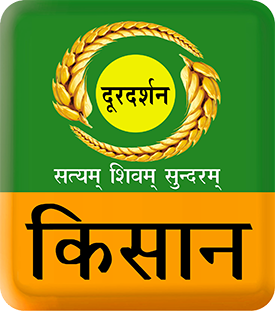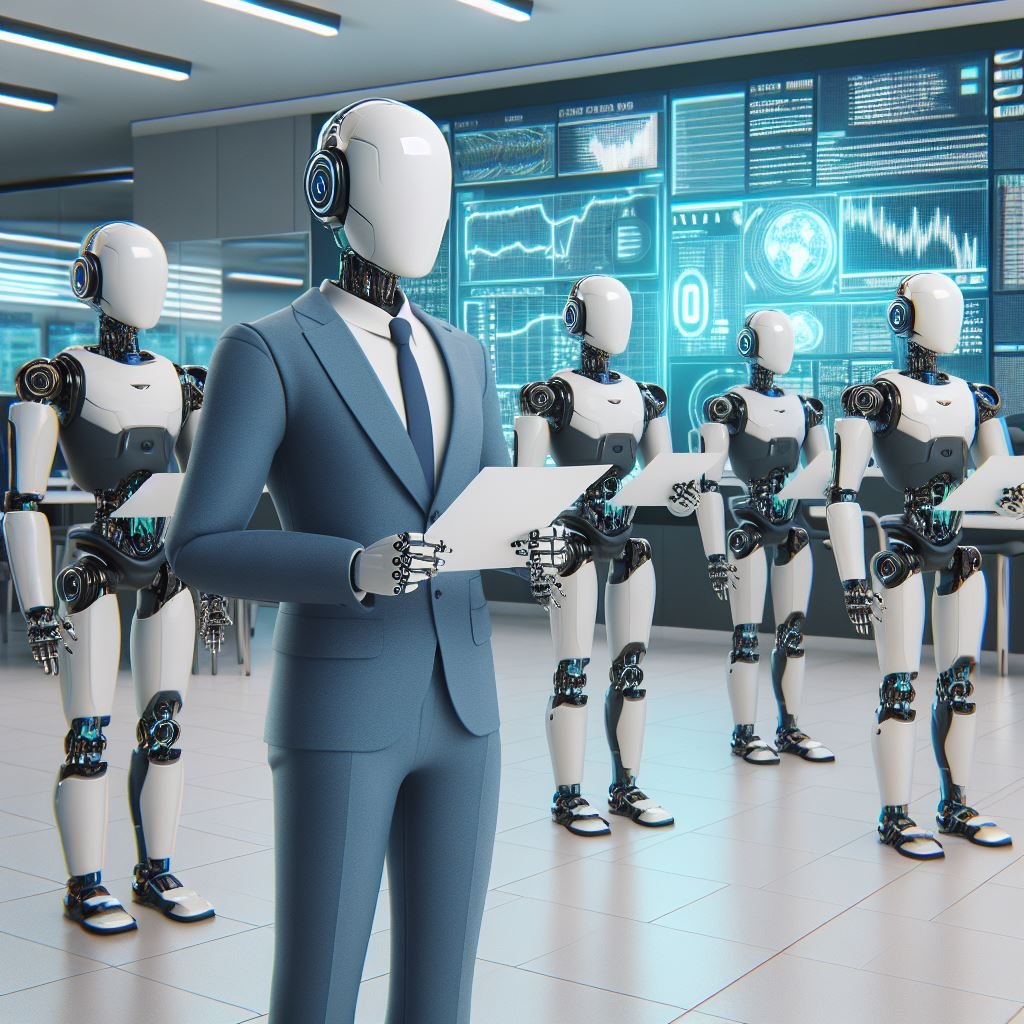28 May 2024 AI Anchors
THIS ARTICLE COVERS ‘DAILY CURRENT AFFAIRS’ AND THE TOPIC DETAILS OF ”AI Anchors”. THIS TOPIC IS RELEVANT IN THE “Science & Technology” SECTION OF THE UPSC CSE EXAM.
Why in the News?
Recently, DD Kisan introduced two AI-powered anchors to refresh the channel’s presentation. This makes Doordarshan Kisan the pioneering government-operated television channel in India that incorporated artificial intelligence in this manner. The DD Kisan channel was launched on 26 May 2015 and is celebrating its ninth year of foundation.

Key Features of the AI Anchors:
- These AI-powered presenters are engineered to mimic human anchors, possessing the ability to broadcast news continuously, 24 hours a day, 7 days a week, without needing any breaks.
- The two anchors can speak 50 Indian and foreign languages.
- These AI presenters will deliver all essential updates on national and global agricultural research, trends in agricultural markets, weather forecasts, and details of government programs.
- Farmers throughout India will benefit from AI anchors that provide updates on agriculture, market trends, weather, and government schemes in fifty languages, serving a broad audience.
- It improves farmers’ services by providing them with precise and timely information in a creative and captivating manner.

Advantages and Disadvantages of AI Anchors:
AI anchors, digital figures created through artificial intelligence to mimic human news presenters, are becoming increasingly significant in the media sector. They offer a revolutionary approach to disseminating news and information. AI anchors are highly beneficial for broadcasting due to their efficiency, cost savings, and multilingual capabilities. Here are some key advantages:
- Cost-Effectiveness: AI anchors enable continuous operation, reducing labour costs and production expenses due to no need for breaks, wardrobe, or studio sets. Despite high initial costs, they lower long-term operational costs by removing the need for human anchor salaries and benefits, offering a cost-effective solution for news outlets.
- Multilingual Capabilities: AI anchors enable news outlets to reach a global audience by fluently communicating in various languages without human translators. This broadens news dissemination and enhances worldwide understanding, overcoming language barriers and benefiting international news platforms targeting diverse demographics.
- Error-Free Message Delivery: AI anchors are designed to provide messages with precision and uniformity, eradicating the chance of human mistakes, such as mispronunciations or false information.
- Real-Time Reporting and Reduce Biasness: AI presenters can swiftly process extensive datasets and produce instant updates on unfolding news stories, which is especially beneficial in providing information during emergencies. AI news anchors can be designed to present stories without bias, mitigating the risk of partiality in human journalism. This ability to offer unbiased reporting can improve the reliability and integrity of news outlets.
- Increased Accessibility: AI news presenters can broadcast information in multiple formats, including video and audio, thus reaching a broader spectrum of viewers and listeners. Their ability to be scaled up means they can simultaneously cover more news stories and events. This feature enables news outlets to broaden their reporting scope without increasing their human workforce.
- Innovation and Technological Advancement: AI anchors are a notable breakthrough in the media sector, highlighting artificial intelligence’s innovative potential. This development fosters additional exploration and progress in AI technologies and their implementation across different domains.
- Interactive Capabilities: Upcoming technological progress could enable AI news presenters to engage directly with the audience in real-time, responding to inquiries and participating in dialogues. This level of interaction could significantly improve the viewing experience, making news consumption more lively and interactive.
While AI anchors offer several advantages, notable disadvantages and challenges are associated with their use in the media industry. Some disadvantages of AI Anchors are:
- Lack of Human Touch: AI presenters are missing the emotional intelligence and empathy that human presenters contribute to delivering news. Their inability to convey emotions, grasp the nuances of sensitive news, or personally engage with viewers results in an impersonal and disconnected news experience.
- Job Displacement: The introduction of AI anchors could result in the loss of jobs for human news presenters and other related personnel. This situation raises worries regarding how employment in the media sector might be affected and the wider economic effects of automating jobs.
- Ethical and Trust Issues: Ethical issues around transparency and authenticity raise concerns. Audiences may be sceptical about the reliability of AI-generated news, fearing potential manipulation or false information. To preserve trust, it is vital to be transparent about the employment of AI in distributing news.
- Technical Issues: Despite the progress in artificial intelligence, today’s AI systems have shortcomings. AI news presenters might find it challenging to grasp intricate linguistic subtleties, slang, or cultural idioms, which could result in incorrect pronunciations or misinterpretations. Such issues could undermine the trustworthiness and dependability of news delivery.
- Programming and Bias: The effectiveness of AI systems hinges on the quality of the data and algorithms they are built upon. Biases in the training data or inherent in the algorithms can lead to AI news anchors reinforcing these biases in their news presentations. This could compromise the objective of delivering unbiased news.
About DD Kisan:
- DD Kisan, a channel dedicated to agriculture, was established by the Government of India and falls under the purview of the Ministry of Information and Broadcasting. This channel, which is the principal channel of Doordarshan, started broadcasting on May 26, 2015.
- It provides farmers with timely updates on innovative agricultural practices, water-saving methods, and organic cultivation, among other critical information.
- This initiative seeks to cater to the informational needs of India’s agricultural and rural sectors, making strides to reach even the most isolated parts of the nation to enlighten and educate the rural population.
- It is committed to fostering a well-rounded framework for sustainable development and inclusive growth within these communities.
- The channel offers a variety of programs catering to the rural and farming community, including:
- Mausam Khabar: A daily LIVE weather bulletin providing climatic trends and crop-wise advisories.
- Mandi Khabar: Trends of commodities across Mandi of India, along with advisories for small and medium farmers.
- Chatt Par Bagwani: A guide for terrace gardening.
- Krishi Darshan: A long-running program on Doordarshan, launched on January 26, 1967.
CONCLUSION:
AI anchors are transforming the media industry by mimicking human news presenters using artificial intelligence. These entities offer numerous benefits, including cost reduction, round-the-clock news coverage, content personalisation, easy scalability, and unbiased reporting, significantly altering how news is delivered. However, their adoption also presents challenges, such as ethical issues, technological limitations, potential job losses, and the risk of bias. Media companies must carefully weigh these pros and cons to successfully integrate AI technology into their operations.
Download Yojna daily current affairs eng med 28th May 2024
MAINS PRACTICE QUESTION:
Q. Discuss ethical considerations regarding the transparency and disclosure of AI anchors’ use in place of human news anchors. How can we ensure that using AI anchors does not significantly lose jobs in the journalism and broadcasting industries?
I have the experience to guide and write the content for the UPSC, and PCS Aspirants in preparing for the Civil Service Exam. Currently Working as a content developer in Yojna IAS.


No Comments